Home>Garden Essentials>How To Make A Chia Seed Egg
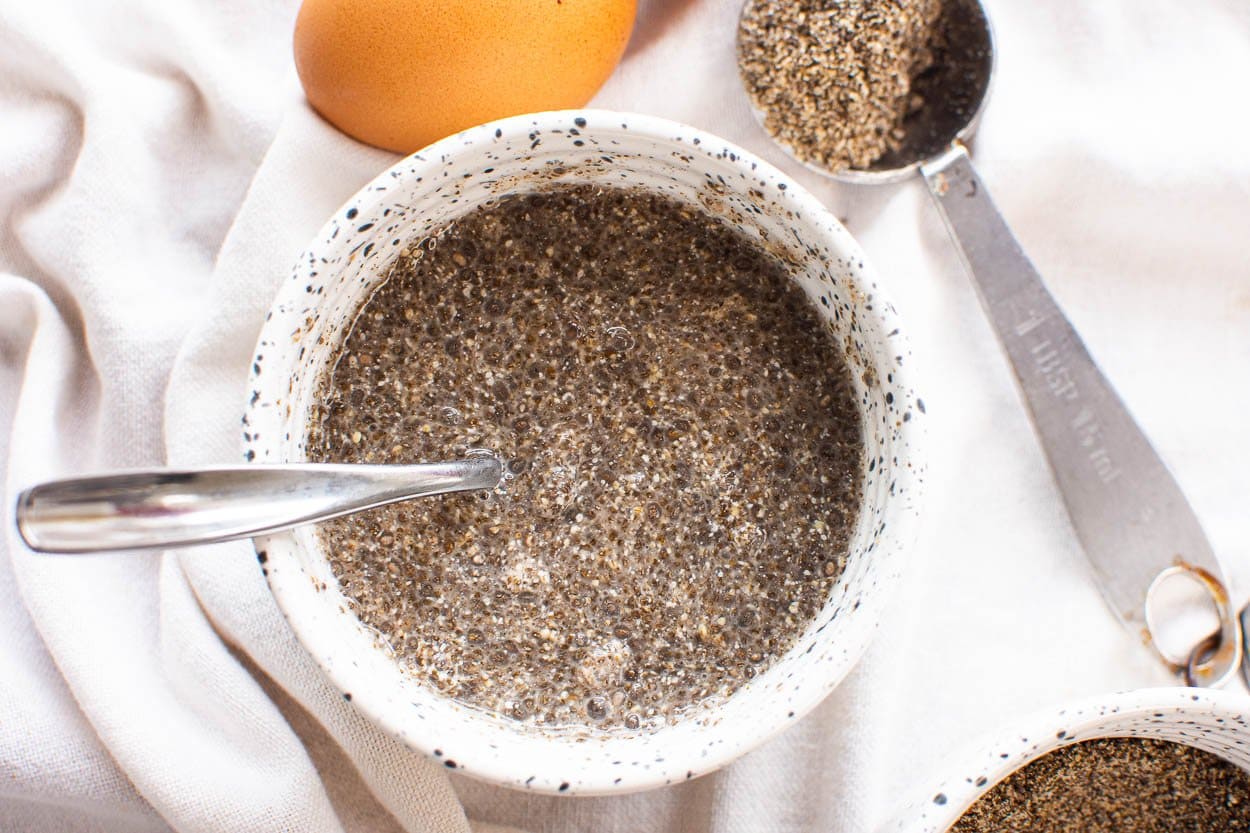

Garden Essentials
How To Make A Chia Seed Egg
Modified: March 16, 2024
Discover how to make a chia seed egg for your garden, a nutritious and eco-friendly alternative to traditional eggs. Follow our simple step-by-step guide!
(Many of the links in this article redirect to a specific reviewed product. Your purchase of these products through affiliate links helps to generate commission for Storables.com, at no extra cost. Learn more)
Introduction
Have you ever found yourself in the middle of a recipe only to realize you’re out of eggs? Or perhaps you’re following a vegan or plant-based diet and looking for an egg substitute? Look no further than the versatile chia seed! Chia seeds are not only a nutritional powerhouse but can also be used to create a fantastic egg alternative in a wide range of recipes.
In this article, we’ll explore the benefits of using chia seed eggs as well as provide you with a simple step-by-step guide on how to make them. Whether you’re a seasoned chef or new to plant-based cooking, incorporating chia seed eggs into your recipes will open up a world of possibilities.
So, let’s dive in and learn how to make a chia seed egg!
Key Takeaways:
- Chia seed eggs are a nutritious and vegan-friendly alternative to traditional eggs, offering benefits such as fiber, omega-3 fatty acids, and binding properties for recipes.
- Making chia seed eggs is simple: mix chia seeds and water, let it sit, then use it as an egg substitute in recipes. Experiment with flavors and enjoy the versatility!
Read more: How To Use Chia Seeds As Egg Substitute
Benefits of Chia Seed Eggs
Chia seed eggs offer a plethora of benefits that make them an excellent alternative to traditional eggs. Here are some of the key advantages:
- Rich in nutrients: Chia seeds are packed with essential nutrients, including fiber, protein, omega-3 fatty acids, and antioxidants. By using chia seed eggs in your recipes, you’re not only adding a boost of nutrition but also reaping the benefits of these valuable nutrients.
- Egg-free and vegan-friendly: Chia seed eggs are perfect for individuals who follow a vegan or plant-based diet and don’t consume animal products. They provide a cruelty-free alternative to traditional eggs and can be used in a wide variety of recipes.
- Excellent source of fiber: Chia seeds are known for their high fiber content. Adding chia seed eggs to your recipes can help increase your fiber intake, which is beneficial for digestion, blood sugar control, and overall gut health.
- Binds ingredients together: Just like regular eggs, chia seed eggs have a binding property that helps hold ingredients together in recipes such as baked goods. This makes them a suitable substitute for individuals with egg allergies or those who prefer to avoid eggs.
- Boosts omega-3 fatty acid intake: Chia seeds are one of the richest plant-based sources of omega-3 fatty acids, essential fats that promote heart health, reduce inflammation, and support brain function. Using chia seed eggs is an easy way to incorporate these beneficial fats into your diet.
With these impressive benefits, chia seed eggs are a versatile and nutritious option that can enhance the flavor, texture, and overall healthfulness of your recipes. Whether you’re looking to reduce your egg consumption, explore vegan cooking, or simply try something new, chia seed eggs are a fantastic choice.
How to Make Chia Seed Egg
Making chia seed eggs is incredibly simple and requires only two ingredients: chia seeds and water. Follow these easy steps to create your very own chia seed egg:
- Step 1: Gather the Ingredients. Start by gathering your chia seeds and water. You will need 1 tablespoon of chia seeds for every 3 tablespoons of water. Make sure you have enough to substitute for the number of eggs required in your recipe.
- Step 2: Mix the Chia Seeds and Water. In a small bowl or container, combine the chia seeds and water. Stir well to ensure that the chia seeds are evenly distributed and fully submerged in the water.
- Step 3: Let the Mixture Sit. After thoroughly mixing the chia seeds and water, allow the mixture to sit for about 10-15 minutes. During this time, the chia seeds will absorb the water and form a gel-like consistency, similar to the texture of an egg white.
- Step 4: Use as an Egg Substitute. Once the chia seed mixture has thickened, it is ready to be used as an egg substitute in your recipe. Simply add it in place of eggs, following the measurement conversion of 1 tablespoon of chia seed mixture for each egg. Mix it well with the other ingredients and proceed with your recipe as usual.
That’s all there is to it! You now have your homemade chia seed egg ready to be incorporated into your favorite recipes.
It’s important to note that chia seed eggs may not replicate the exact texture or taste of traditional eggs, but they do an excellent job of providing structure and binding in recipes. They work particularly well in baked goods like muffins, cakes, and cookies. Experiment and find what works best for you!
Step 1: Gather the Ingredients
Before you begin making chia seed eggs, make sure you have all the necessary ingredients on hand. The beauty of chia seed eggs is that they only require two simple components: chia seeds and water. Here’s what you’ll need:
- Chia Seeds: Look for high-quality chia seeds that are organic and preferably whole, rather than ground. Chia seeds are widely available in grocery stores and health food shops.
- Water: You’ll need clean, filtered water to mix with the chia seeds. Tap water works too, as long as it’s safe to consume.
As a general rule, the ratio for making chia seed eggs is 1 tablespoon of chia seeds to 3 tablespoons of water, which is equivalent to one regular-sized egg. For instance, if a recipe calls for three eggs, you’ll need 3 tablespoons of chia seeds and 9 tablespoons of water.
Make sure that you have enough chia seeds and water to substitute for the number of eggs required in your recipe. It’s always a good idea to measure your ingredients beforehand to ensure accuracy and avoid any last-minute surprises.
Once you have gathered your chia seeds and water, you’re ready to move on to the next step, which involves mixing the two ingredients to create the chia seed egg mixture. Let’s get started!
Step 2: Mix the Chia Seeds and Water
Now that you have gathered your chia seeds and water, it’s time to mix them together to create the chia seed egg mixture. Follow these simple instructions:
- Measure the Chia Seeds: Start by measuring out the desired amount of chia seeds according to the recipe you’re following. Remember, it’s a 1:3 ratio, so for every tablespoon of chia seeds, you’ll need 3 tablespoons of water.
- Add Water: In a small bowl or container, pour the measured amount of water over the chia seeds. Ensure that the chia seeds are fully submerged in the water.
- Stir Well: Use a spoon or fork to stir the chia seeds and water together. Make sure to thoroughly mix them, ensuring that the chia seeds are evenly distributed throughout the mixture.
As you stir, you will notice that the chia seeds will begin to absorb the water. This absorption process is what creates the gel-like consistency that mimics the texture of an egg white. The mixture should start to thicken within a few minutes.
It’s important to note that the chia seed mixture may appear slightly lumpy after stirring. This is normal due to the nature of the chia seeds. However, with time and rest, the lumps will smooth out, and the mixture will become more homogeneous.
Once you have thoroughly mixed the chia seeds and water, you can move on to the next step: allowing the mixture to sit and rest. This will give the chia seeds enough time to absorb the water fully and form a gel-like consistency, similar to the texture of an egg white. Stay tuned!
To make a chia seed egg, mix 1 tablespoon of chia seeds with 3 tablespoons of water and let it sit for 5-10 minutes until it forms a gel-like consistency. Use it as a vegan egg substitute in recipes.
Read more: How To Make Chia Seed Gel
Step 3: Let the Mixture Sit
After mixing the chia seeds and water together, it’s essential to let the mixture sit and rest for a period of time. This allows the chia seeds to absorb the water fully, resulting in a gel-like consistency similar to that of an egg white. Follow these steps to let the chia seed mixture sit:
- Transfer the Mixture: If you haven’t already, transfer the chia seed mixture from the stirring bowl or container to a clean bowl or jar with a lid. Alternatively, you can leave the mixture in the same container as long as it has enough room for expansion.
- Cover and Refrigerate: Place a lid or cover over the bowl or jar containing the chia seed mixture, ensuring it is tightly sealed. Then, transfer the container to the refrigerator. Let the mixture sit and chill in the refrigerator for at least 10-15 minutes.
- Check the Consistency: After the resting time, check the chia seed mixture’s consistency. It should have thickened and developed a gel-like texture similar to that of an egg white. The chia seeds would have absorbed the water and expanded, creating a cohesive and binding mixture.
During the resting period, you can carry on with your recipe preparations or attend to other cooking tasks. The waiting time allows the chia seeds to work their magic and form the perfect egg substitute for your culinary creations.
It’s important to note that the longer you let the chia seed mixture sit, the thicker it will become. If you prefer a thinner consistency, reduce the resting time accordingly. However, a minimum of 10-15 minutes is recommended to ensure proper absorption and gel formation.
Once the chia seed mixture has reached the desired gel-like texture, it is ready to be used as an egg substitute in your recipe. In the next step, we will guide you on how to incorporate the chia seed egg into your culinary creations. Keep reading!
Step 4: Use as an Egg Substitute
Now that your chia seed mixture has thickened and developed a gel-like consistency, it’s time to use it as an egg substitute in your recipes. Follow these simple instructions to incorporate chia seed eggs into your culinary creations:
- Measure the Chia Seed Mixture: Determine the number of eggs your recipe calls for, and measure out the corresponding amount of chia seed mixture. As a general guideline, use 1 tablespoon of chia seed mixture for each egg substitution.
- Add to Recipe: Once you’ve measured out the chia seed mixture, add it to your recipe in place of the eggs. This can be done by simply pouring the measured chia seed mixture into the recipe, just as you would with regular beaten eggs.
- Mix Well: Stir or mix the chia seed mixture thoroughly with the other ingredients in your recipe. Ensure that it is well incorporated to evenly distribute the binding properties of the chia seeds.
Chia seed eggs work effectively as a binding agent and can be used in a wide variety of recipes, including baked goods like muffins, cakes, and cookies. The chia seeds’ gel-like texture helps hold the ingredients together, creating a cohesive and delectable end result.
It’s important to keep in mind that chia seed eggs may alter the texture of your recipe slightly, especially if you’re used to using traditional eggs. The final product may be a bit denser or have a different crumb structure. However, for most recipes, the difference is minimal and doesn’t compromise the overall taste and quality.
Experiment with using chia seed eggs in different recipes to discover the versatility and benefits they offer. You may even find that you prefer the texture and taste of chia seed eggs over traditional eggs in certain dishes.
Now that you know how to use chia seed eggs as an egg substitute, it’s time to explore some tips and variations that will enhance your experience with chia seed eggs. Keep reading for more insights!
Tips and Variations
As you incorporate chia seed eggs into your recipes, consider these helpful tips and variations to make the most of this versatile egg substitute:
- Adjust the Consistency: If you find that your chia seed mixture is too thin or too thick, you can adjust the consistency by adding more chia seeds or water, respectively. However, be mindful that the overall ratio should remain around 1:3 (chia seeds to water) to maintain the proper binding properties.
- Allow for Extra Moisture: Chia seed eggs can absorb some moisture from the recipe. To compensate for this, you may need to slightly increase the liquid ingredients, such as water or milk, to ensure the desired texture and moisture in the final product.
- Experiment with Flavors: Chia seed eggs have a neutral taste, making them adaptable to various recipes. Feel free to experiment with different flavorings, such as adding a dash of vanilla extract, spices, or cocoa powder, to enhance the overall taste of your dish.
- Combine with Other Egg Replacers: Chia seed eggs can be combined with other egg alternatives, such as applesauce, mashed bananas, or yogurt, to create a more complex texture and flavor. This is especially useful in recipes that require a light and fluffy texture.
- Store Leftover Chia Seed Eggs: If you have leftover chia seed mixture, you can store it in an airtight container in the refrigerator for up to 5 days. This allows you to have prepared chia seed eggs on hand for future recipes, making your cooking process more efficient.
- Experiment in Different Recipes: Chia seed eggs can be used in a wide variety of recipes beyond just baking. Try using them in pancakes, waffles, energy bars, and even veggie burgers. The binding properties of chia seeds make them a versatile ingredient in both sweet and savory dishes.
Remember, don’t be afraid to get creative and adapt chia seed eggs to your specific dietary preferences or recipe requirements. The flexibility of chia seed eggs allows for endless possibilities in the kitchen.
By utilizing these tips and exploring different variations, you can elevate your culinary creations while reaping the nutritional benefits of chia seeds. Embrace the versatility of chia seed eggs and enjoy the wonderful world of plant-based cooking!
Ready to start incorporating chia seed eggs into your recipes? Give them a try and discover the magic they bring to your favorite dishes. Happy cooking!
Conclusion
Chia seed eggs are a fantastic alternative to traditional eggs, whether you’re looking to replace them in a recipe due to dietary restrictions, health reasons, or personal preference. These simple and nutritious egg substitutes offer numerous benefits, including being vegan-friendly, rich in nutrients, high in fiber, and full of omega-3 fatty acids.
Making chia seed eggs is a breeze. By following the easy steps outlined in this article, you can create a gel-like chia seed mixture that functions as a binding agent in a wide range of recipes. From baked goods to pancakes, chia seed eggs provide the structure and cohesion necessary for culinary success.
Remember to gather your ingredients, mix the chia seeds and water, let the mixture sit to thicken and absorb the water, and finally, use it as an egg substitute in your recipes. Make sure to adjust the consistency of the mixture if needed and experiment with different flavors and combinations to suit your preferences.
As you explore the world of chia seed eggs, don’t forget to store any leftovers for future recipes and try them out in both sweet and savory dishes. The adaptability and nutritional value of chia seeds make them a valuable addition to your pantry.
So, whether you’re following a vegan diet, have dietary restrictions, or simply want to try something new, chia seed eggs are an excellent choice for your culinary adventures. Embrace the benefits, versatility, and simplicity of chia seed eggs, and enjoy the nutritious goodness they bring to your favorite recipes.
Now, go ahead and give chia seed eggs a try in your next cooking endeavor. Get creative, experiment, and savor the delicious outcome. Happy cooking!
Frequently Asked Questions about How To Make A Chia Seed Egg
Was this page helpful?
At Storables.com, we guarantee accurate and reliable information. Our content, validated by Expert Board Contributors, is crafted following stringent Editorial Policies. We're committed to providing you with well-researched, expert-backed insights for all your informational needs.
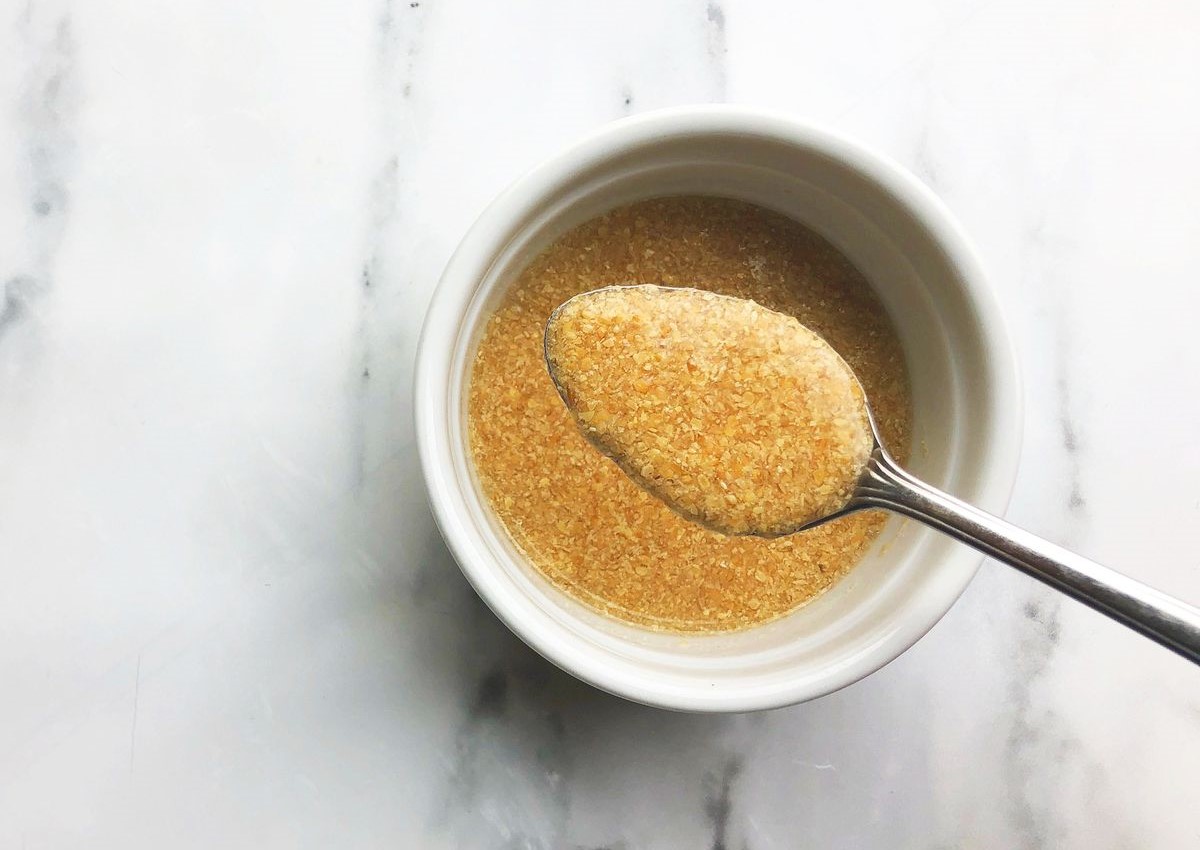
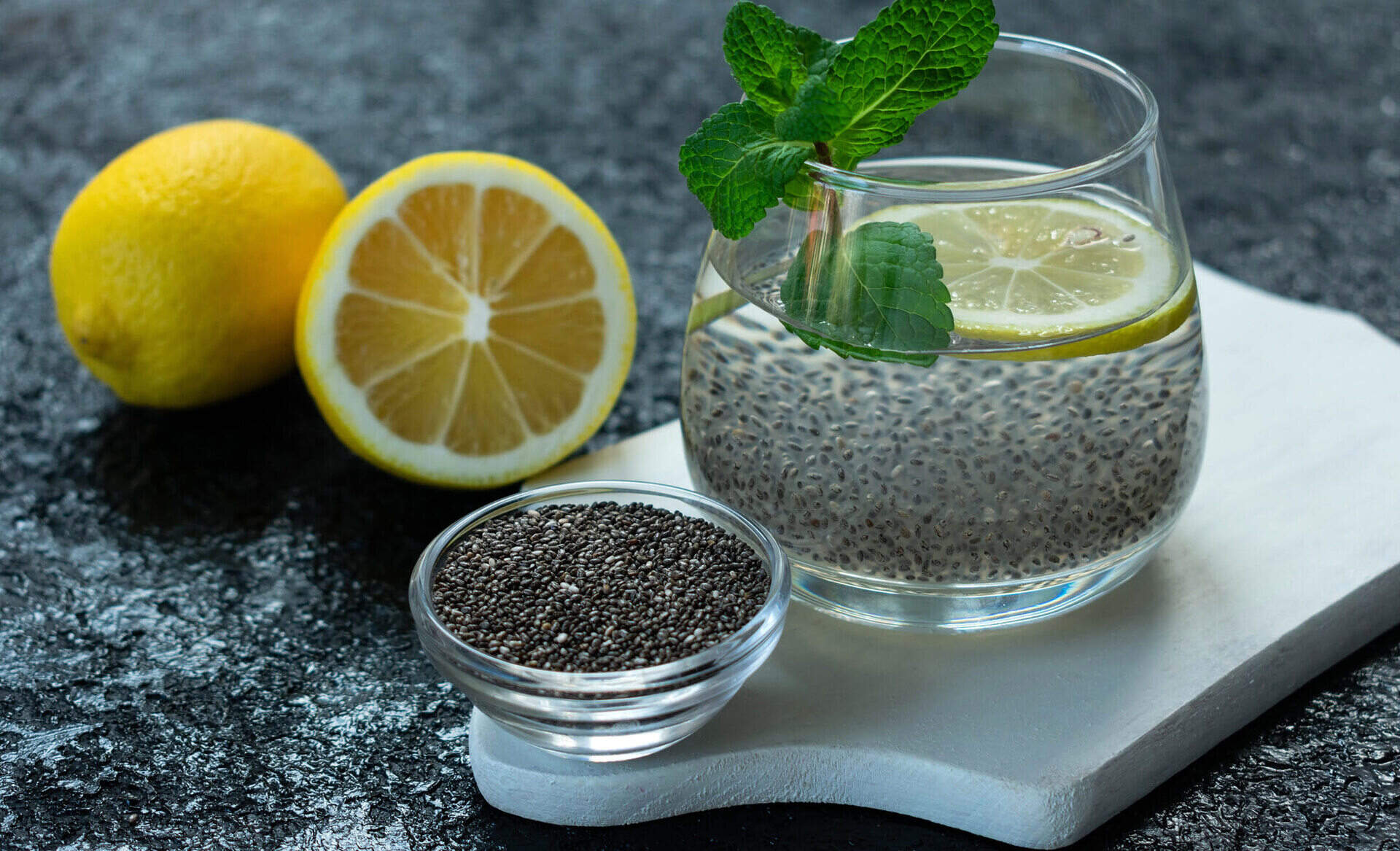
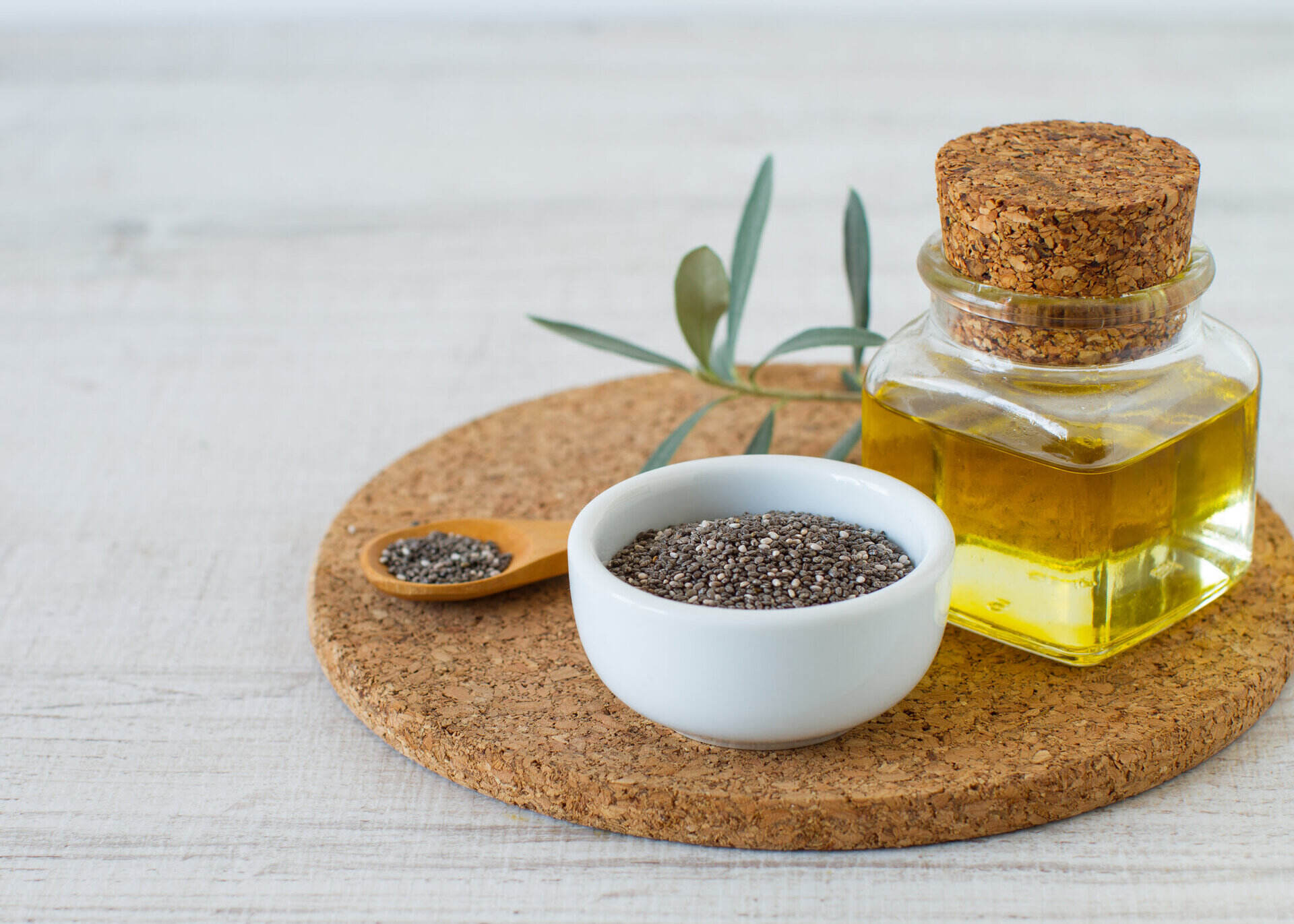
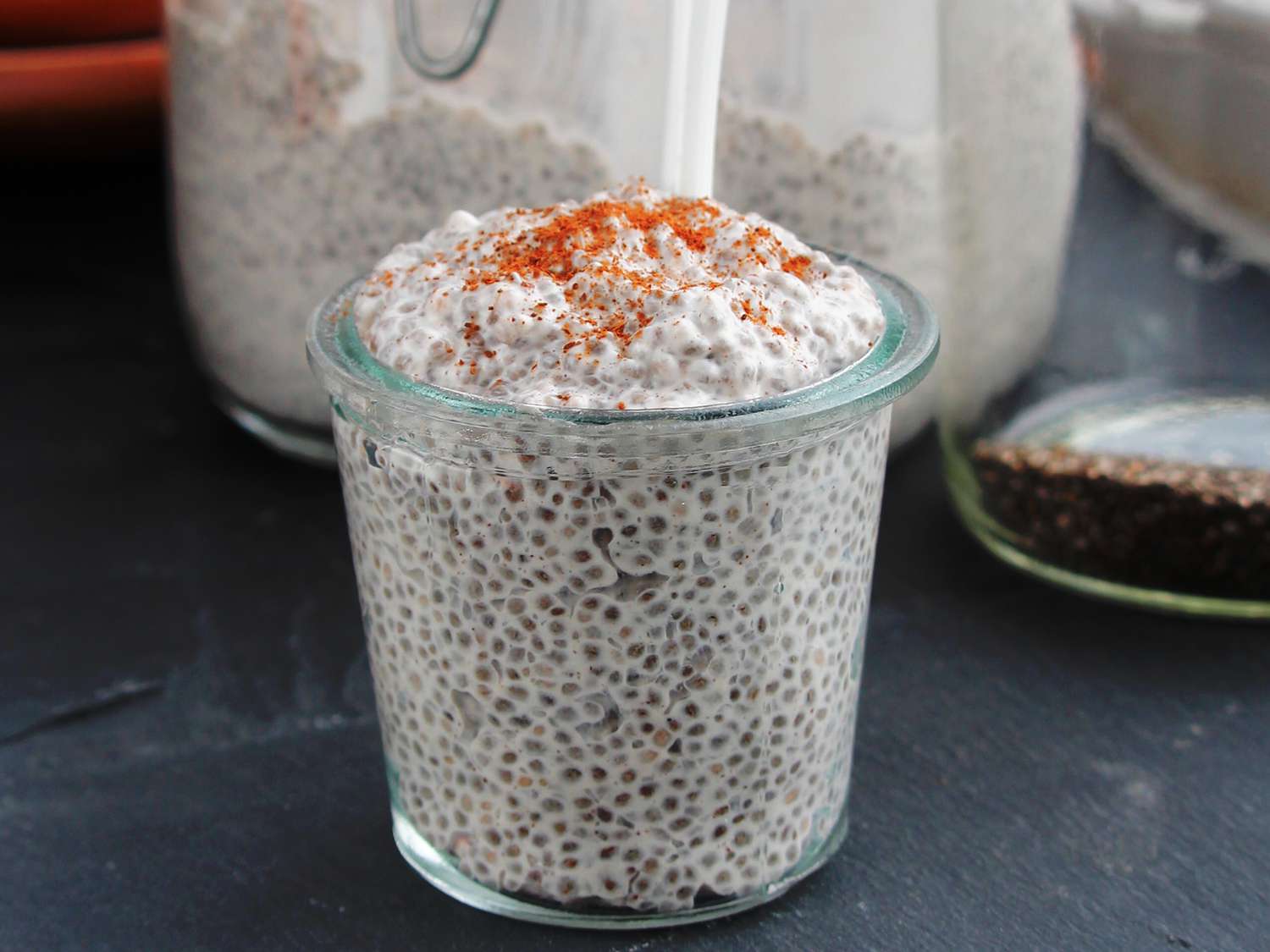
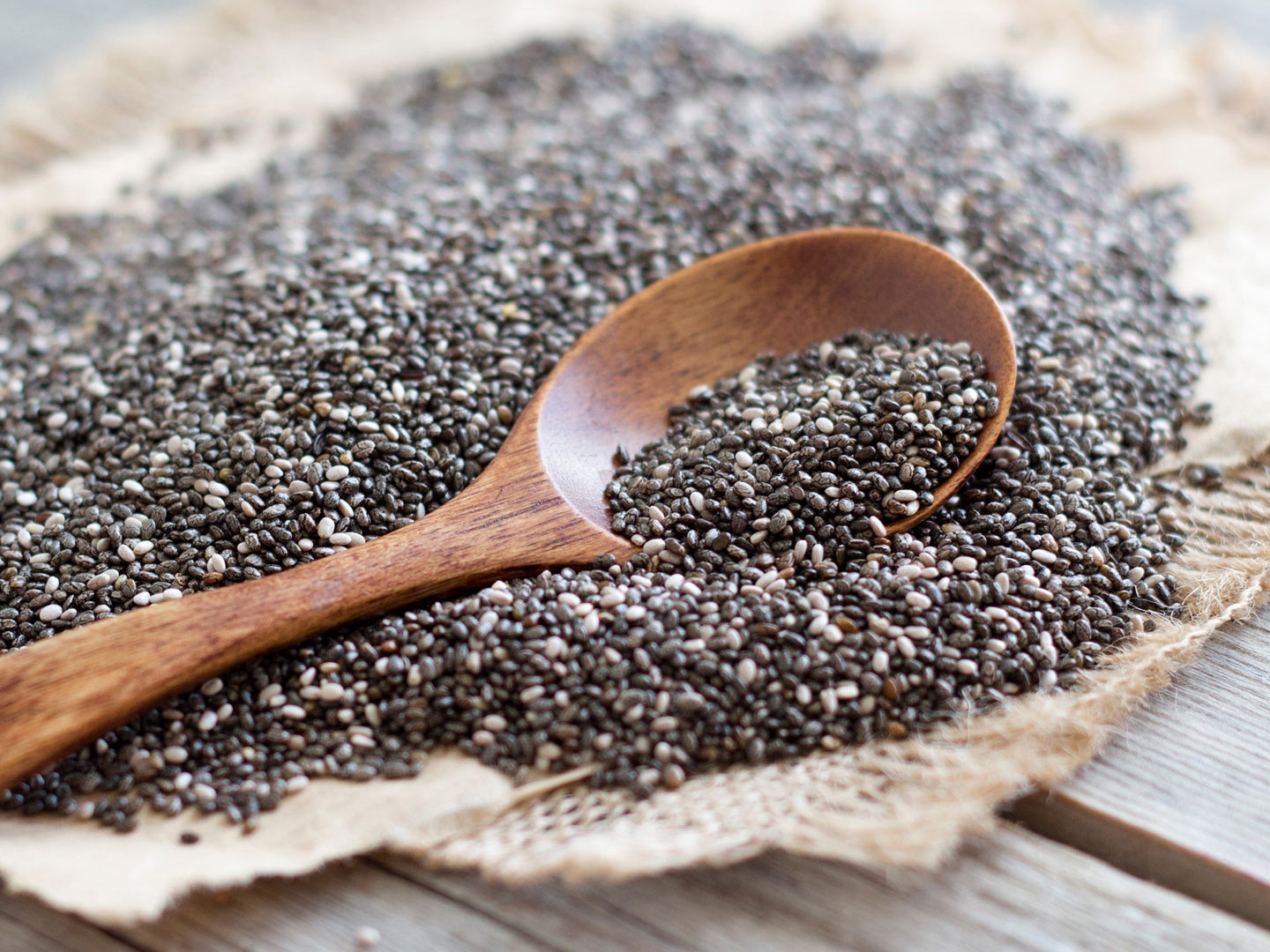
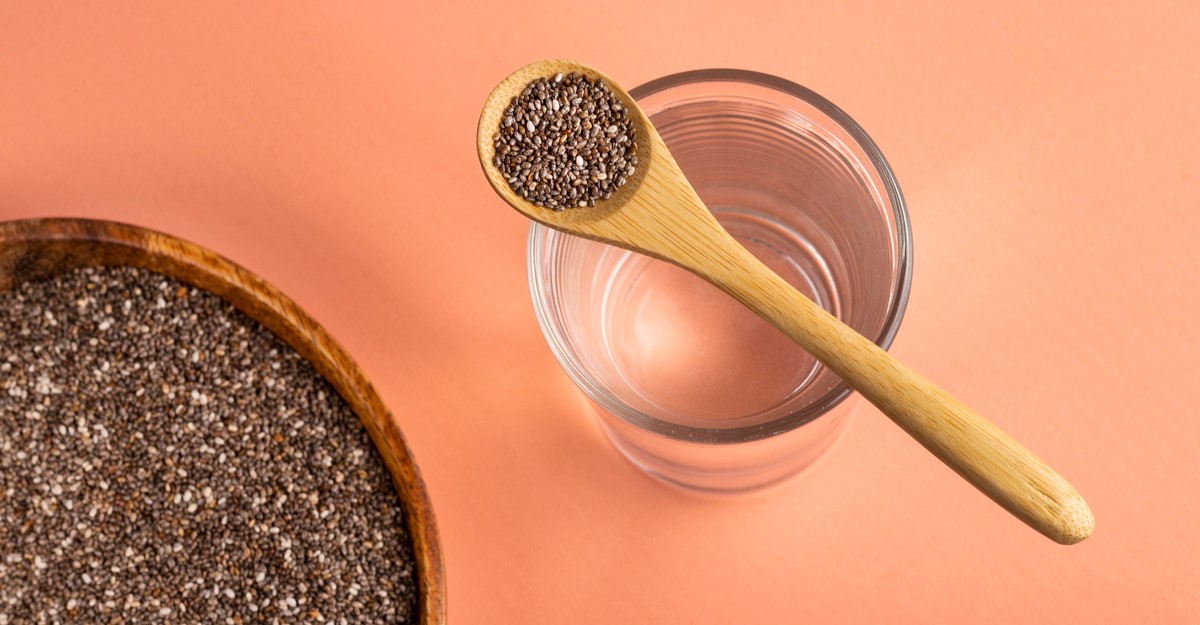
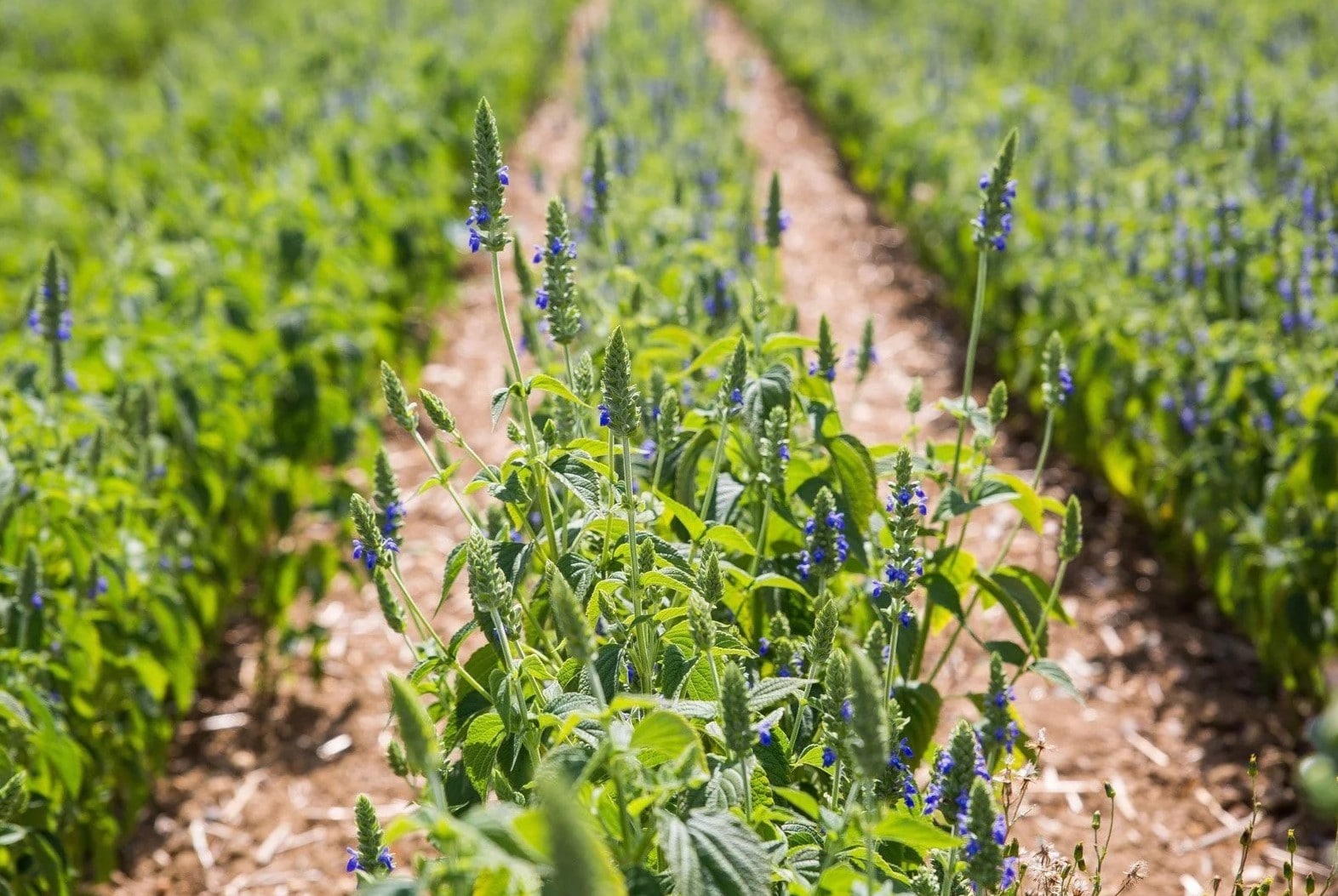
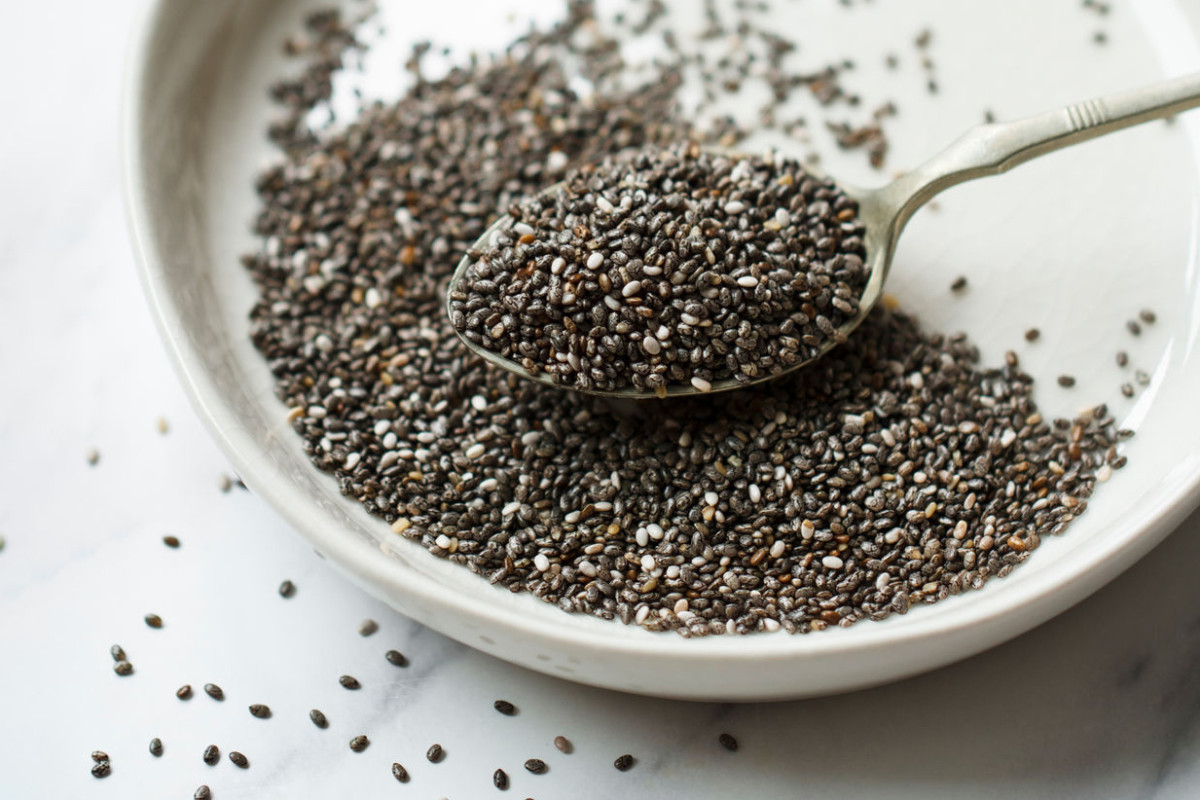
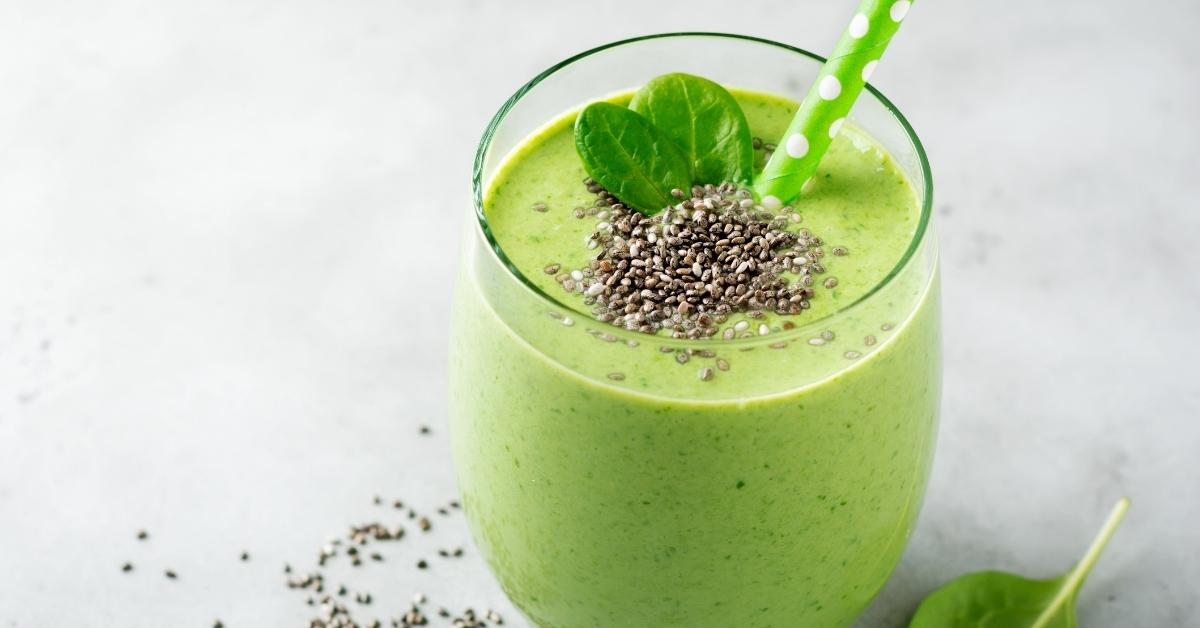
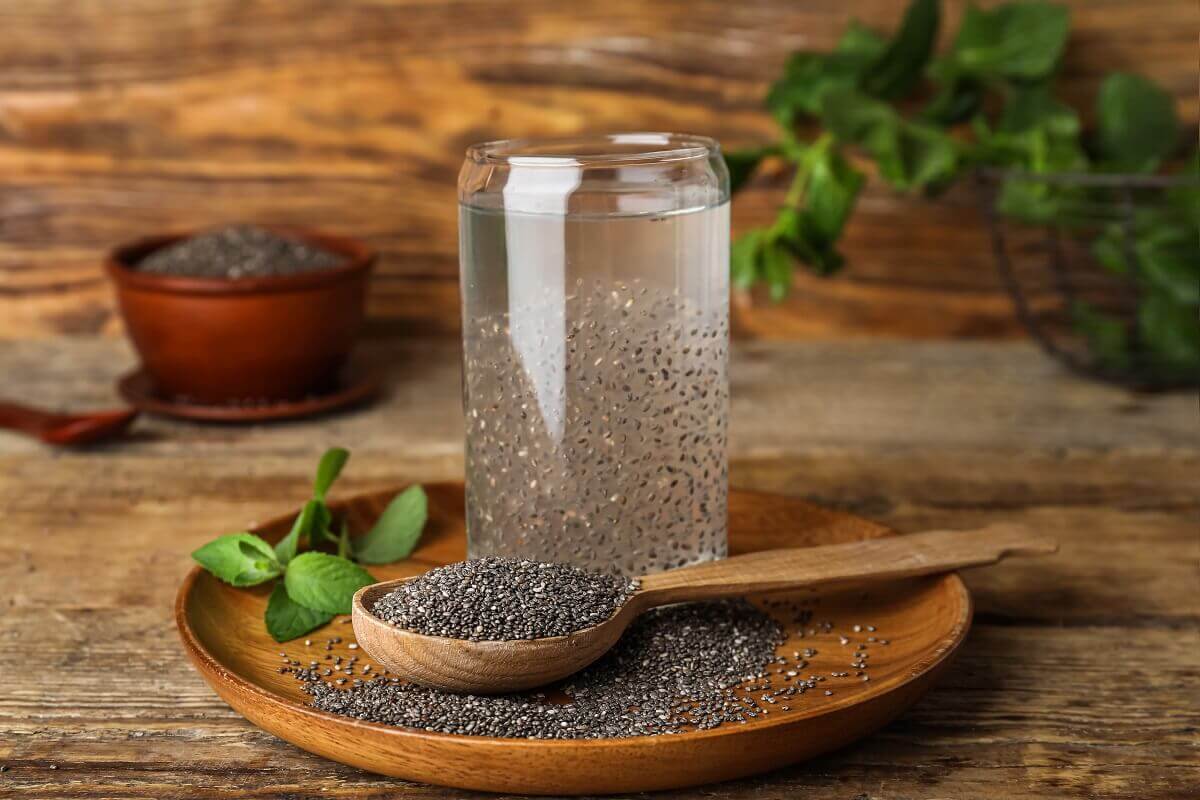
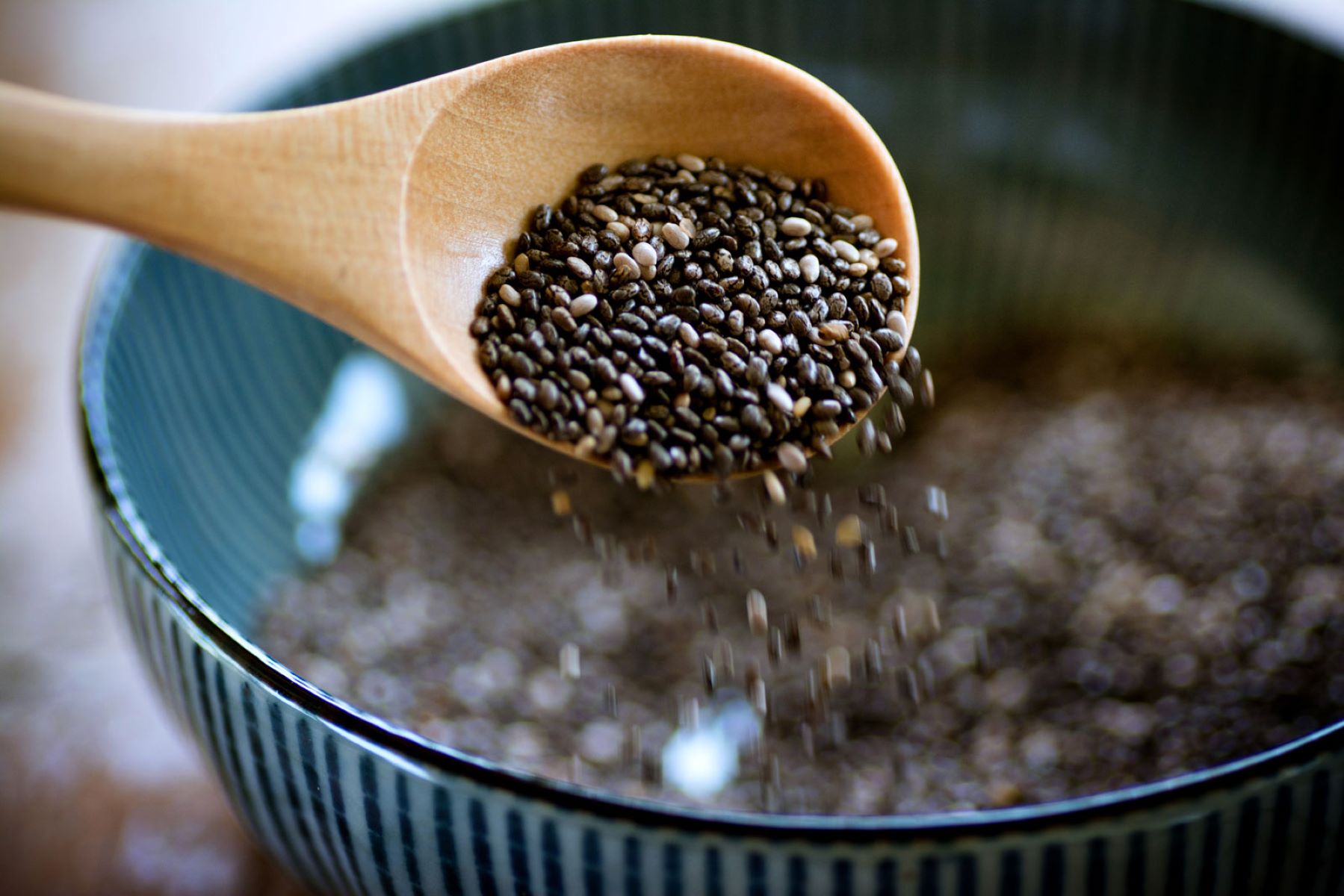
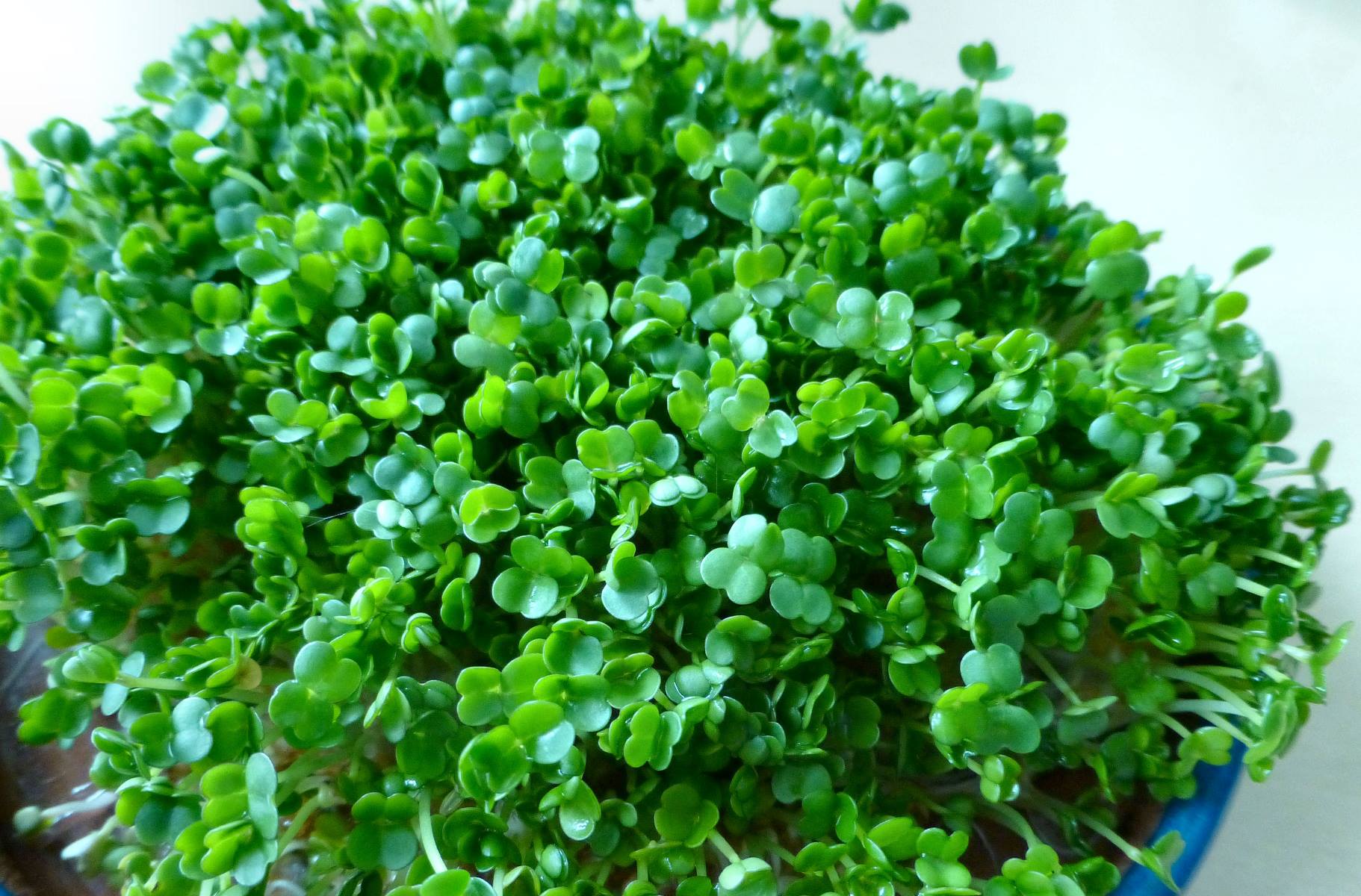
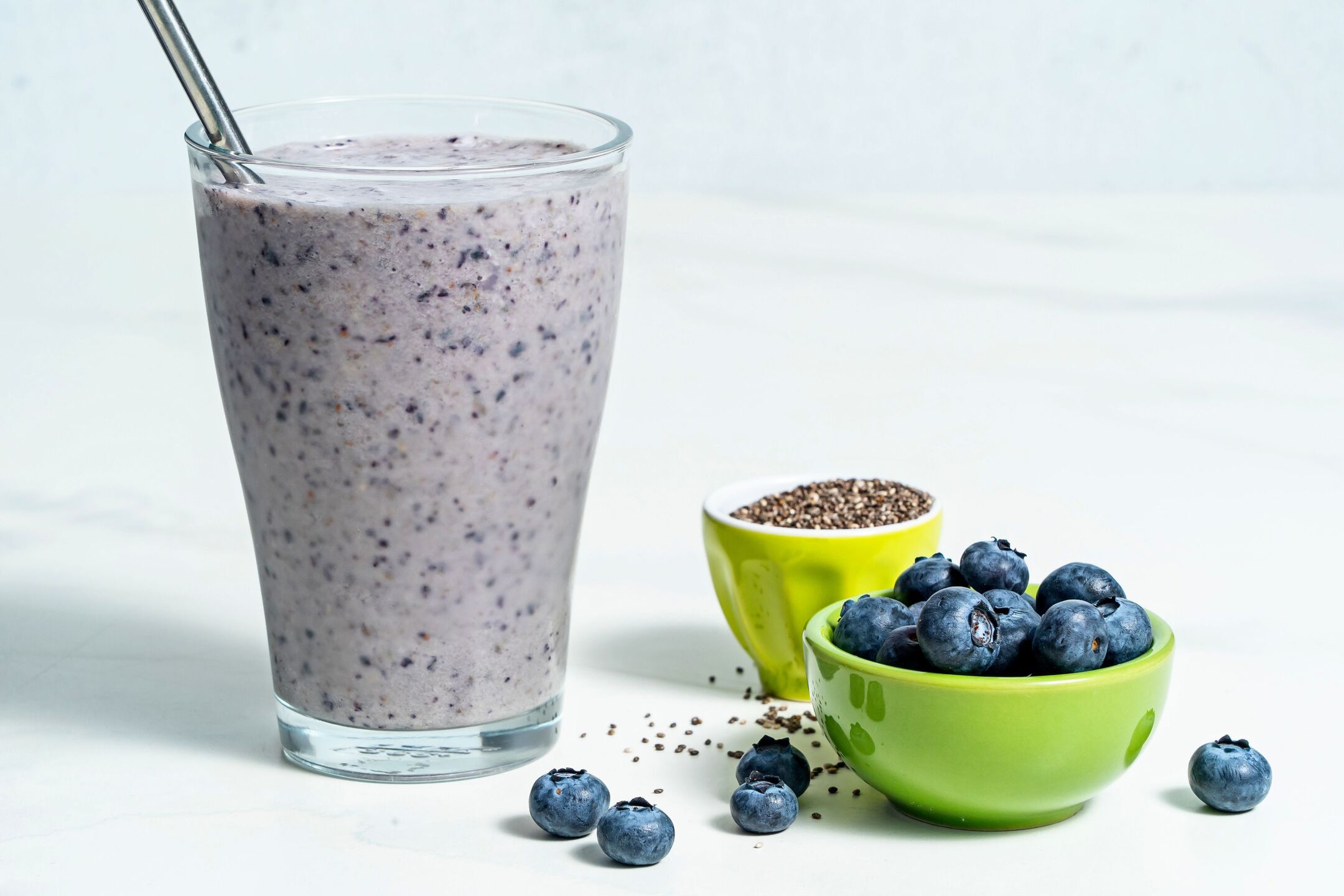
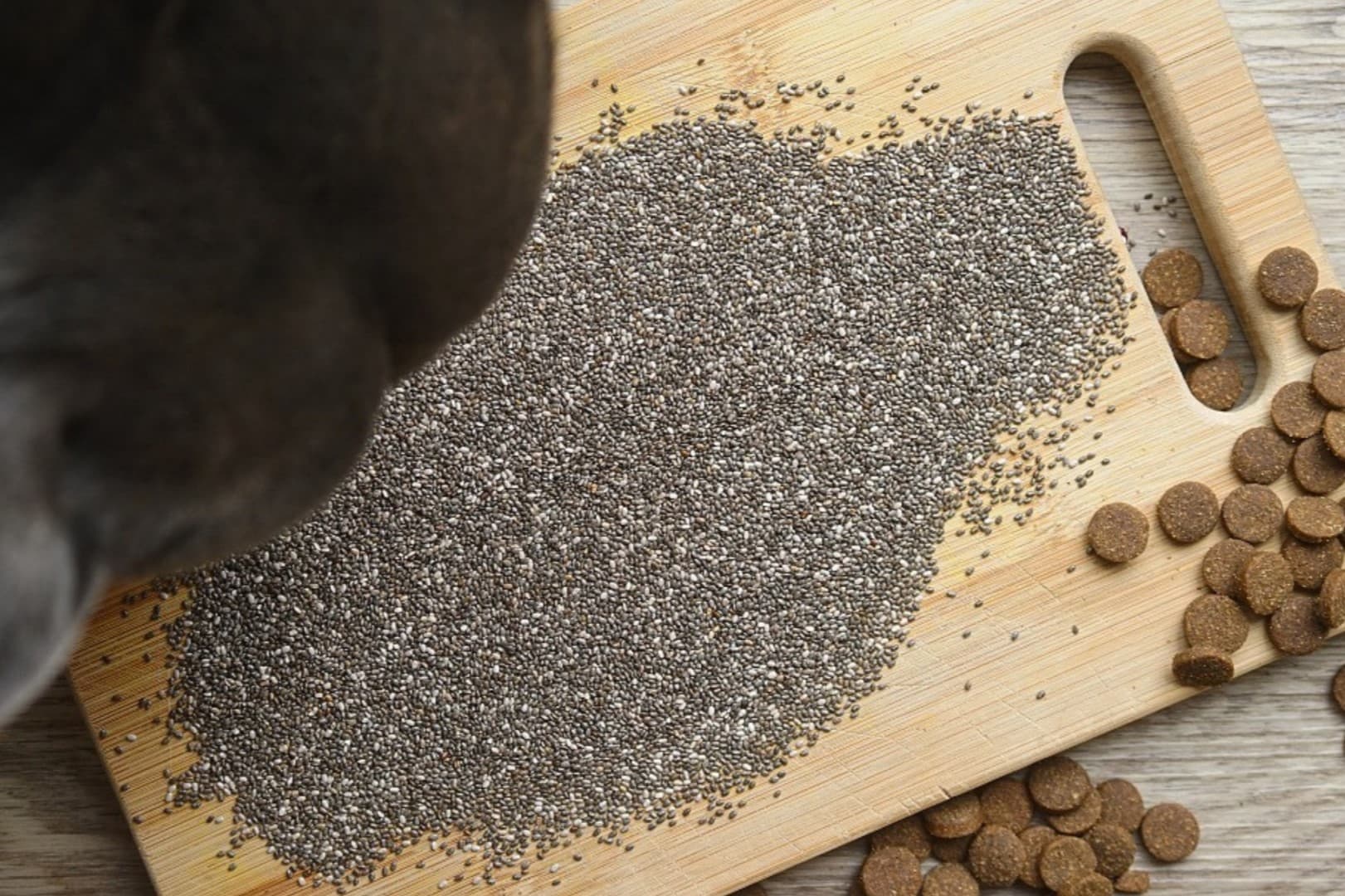

0 thoughts on “How To Make A Chia Seed Egg”